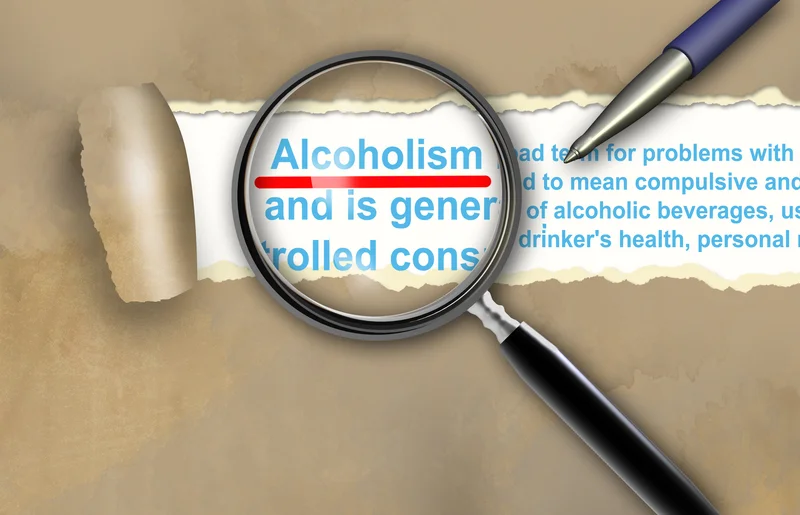Fetal Alcohol Syndrome: Symptoms, Causes, Treatments

The most effective treatments for fetal alcohol syndrome target your child’s specific issues. There are no medications to treat fetal alcohol syndrome specifically. But certain medicines can help with symptoms such as hyperactivity, inability to focus, or anxiety. There is no lab test that can prove a child has fetal alcohol syndrome.
Can FASDs occur from having one drink?

In a 2023 study, scientists analyzed prenatal alcohol exposure and facial shape. They found that higher levels of exposure led to greater changes in facial shape. However, they also noted that these facial changes became less pronounced over time. Fetal alcohol spectrum disorders (FASDs) affect up to 5% of first graders in the United States. Individuals with FAS may experience social and emotional difficulties. In addition to the acute effects of withdrawal, babies often suffer the teratogenic (causing physical abnormalities) effects of alcohol.
- To prevent fetal alcohol syndrome, don’t drink alcohol during pregnancy.
- If you think there could be a problem, ask your healthcare provider for a referral to a specialist (someone who knows about FASDs).
- Many of its symptoms can seem like attention deficit hyperactivity disorder (ADHD).
- There is no single test for fetal alcohol syndrome (a lifelong condition), but early detection and treatment can greatly improve the lives of children with FAS.
- Occupational therapy may also help people with FASD manage their symptoms.
- One common physical effect of FAS is distinct changes to facial structure.
Agreement with HC, FAS, and PFAS Categorization Based on Face Shape Alone
- Ethanol damage to cranial neural crest cells (CNCC) early in embryonic development is responsible for these minor midline abnormalities.
- Most often, FASDs are diagnosed based on the mother’s history and the appearance of the baby, based on a physical examination by a doctor.
- These features may include small eye openings, a thin upper lip, and a flat nose bridge.
- As with genetic syndromes, facial gestalt recognition is a clue to FAS diagnosis.
- Fetal alcohol spectrum disorders (FASD) may be underestimated in Sweden, with a study finding a 5.5% prevalence among 206 fourth-grade students.
Some symptoms can be managed with treatment by a healthcare provider, but they won’t go away. FAS facial features can indicate the presence of alcohol-related birth defects, such as cognitive impairments, developmental delays, and speech and language difficulties. These health implications underscore the importance of early intervention and specialized care. If you think there could be a problem, ask your healthcare provider for a referral Sober living home to a specialist (someone who knows about FASDs). Specialists could be a developmental pediatrician, child psychologist, or clinical geneticist.

What are treatments for FASDs?
The alcohol passes from the mother’s bloodstream through the placenta into the blood supply of the developing baby. Alcohol in the baby’s system can kill developing brain cells, slow growth of the brain, interfere with the neural connections in the brain, and affect other organs. Often mothers who drink have poor eating habits that also affect the baby.
How is fetal alcohol syndrome (FAS) treated?
Fetal alcohol syndrome isn’t curable, and the symptoms will impact your child throughout life. However, early treatment of some symptoms can lessen the severity and improve your child’s development. We thank Denis Viljoen, Anna Susan Marais, and Julie Croxford for their contributions to the recruitment of the Cape Town prospective longitudinal cohort. We are also grateful to the mothers and children in the Cape Town cohort for their long-term participation in the study. At the same time as you ask your healthcare provider for a referral to a specialist, call your state or territory’s early intervention program. Request a free evaluation to find out if your child can get services to help.
- The Collaborative Initiative on Fetal Alcohol Spectrum Disorders plans to make our face visualization tools available to participating dysmorphologists in the coming year.
- Programmed cell death is instrumental in normal embryological development as a highly regulated tool for removing damaged or obsolete populations of cells (e.g., the webbed skin between fingers).
- To reveal some features, the sensitivity of the heat map significance scale needs to be altered.
- Fetal Alcohol Syndrome (FAS) was first defined in 1973 as a condition characterized by pre- and postnatal growth deficiencies, facial abnormalities, and defects of the central nervous system.
- Cranial neural crest cells (CNCC) are the embryonic population of cells most sensitive to the exposure of ethanol during this critical developmental period.
What This Study Adds:
Alcohol — including wine, beer, and liquor — is the leading preventable cause of birth defects in the U.S. Acibadem Healthcare Group believes in placing patients at the center of their care journey. They prioritize open communication, active involvement, and informed decision-making. Through compassionate and supportive interactions, they empower patients and their families to actively participate in the treatment process, ensuring a collaborative and patient-centered approach. These craniofacial anomalies, along with other physical and neurological impairments, can have long-term drunken fetal syndrome consequences on an individual’s well-being and quality of life.
